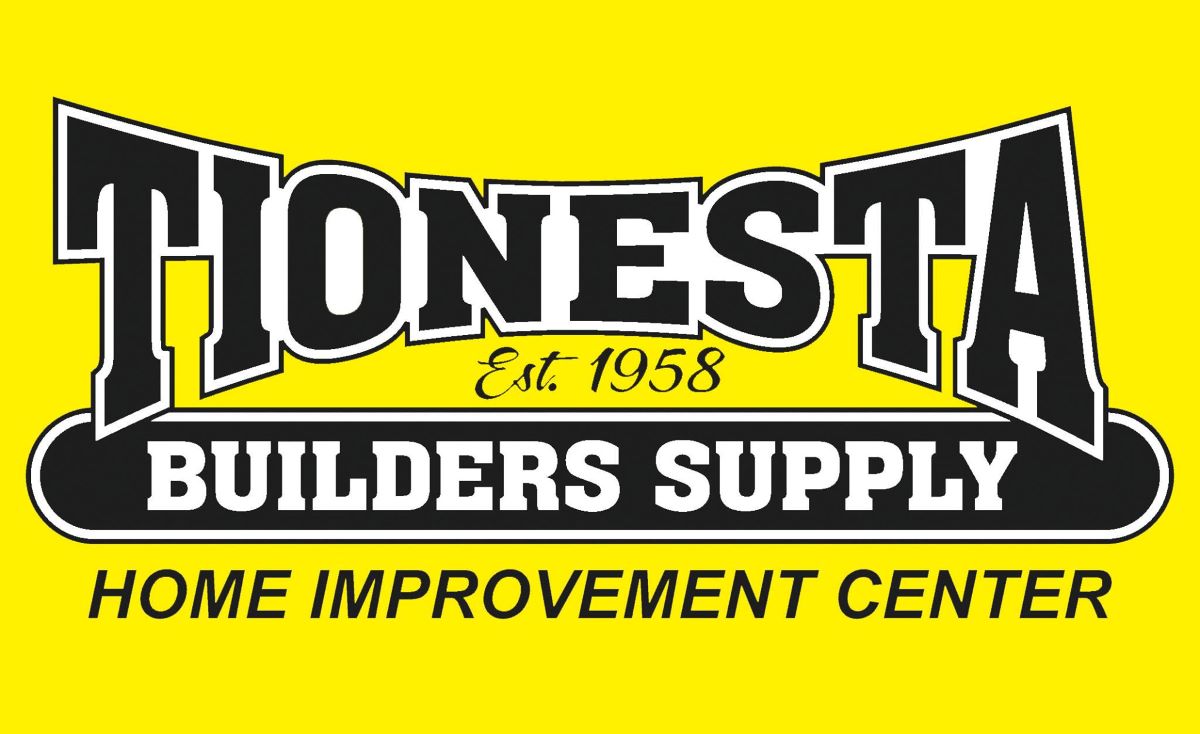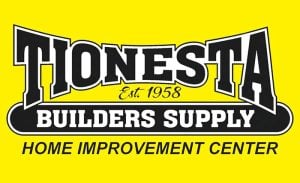I have an old left-hand-thread-thramblefruzen I found in my grandparents’ basement as we were cleaning up after my grandmother passed. They were only made between 1913 and 1938.
The earliest ones, made between 1913 and 1917, had a left-handed thread on the nozzle. Nozzles were switched to right-handed threads in late 1917 because of war-related shortages. Left-hand versions are extremely rare. Collector’s items. These devices were sold in Germany by a company started by Hans Thramble and Dieter Fruzen. The company went out of business in 1938 in the years leading up to the Second World War.
I want to sell my thramblefruzen. Naturally, I want the best possible price. My price and the market price are fairly removed from each other. There are no dealers and antiques stores can take forever to move an item. Auctions could return less than I want (unless I put a reserve on it guaranteeing a minimum bid), and I don’t really have anything else to auction off so I did not feel like this was worth the heartburn. I figured a flea market may be the way to go, so away I went.
Flea markets are odd marketplaces. People gather to sell their stuff at best-offer prices. People who buy there are mostly inclined to negotiate. This is an adversarial situation. Many vendors post a sign on their tables:
This is a FLEA market. Not a FREE market.
I’ve never been much of a haggler. I don’t want to insult people. Sometimes I’ll offer a price. If they don’t agree, I walk. No hard feelings. If they counter-offer, I’ll accept or walk. They have an idea of what is fair. I am not in a position to argue with their assessment and haggling is just an uncomfortable process for me. Even when I bought my forest home, there was an offer, a counteroffer, another counteroffer, another counteroffer, and an agreement with the stipulation that the furniture was to be included in the sale. (It was a second home for me so I’d have needed to furnish it). On my house in Plum, there was an offer (mine), a counter-offer (owner’s), another counter-offer (owner’s), and acquiescence of the owner on my original offer. I did not lowball my offer. My offer was 96.5% of the asking price. I was not going to raise it. The point is, everyone thinks that what they have is worth more than the most likely actual value.
Flea markets are odd marketplaces. Most of the stuff in a flea market puts me in mind of junk that a person with sufficient desire and motivation could find for free by excavating sufficiently deep in any waste management landfill. Worse for wear, I’m sure, but items at a flea market are often much worse for wear also.
Antique malls, I have found, are often very similar to flea markets. They just also have huge sections of glass, sports stuff, LPs and 45s, and craft work that can be found at virtually any local fair. The items I most enjoy can often also be found at flea markets. They are often in better condition. I have bought Green Weenies, Wiener Mobile whistles, election campaign buttons, coins, Irwin clamps for my shop, candlestick and pay telephones, parking meters, drive-in speakers, etc., etc., etc. Again, things that people have stopped using and most often discarded. That MOST people most often discarded. Those prescient few who hoarded things saw value in them that others did not, or just neglected to clean out the garages, sheds, and basements. The values (prices) seem to tend higher in antique stores/malls often for the same things much cheaper at flea markets, garage sales, and estate sales. It seems to be very subjective. Subject to time, place, situation, the person doing the pricing, the person doing the buying, etc. I’m not a haggler, but I AM cheap. To me, it is not about what an item is worth. It is what it is worth to ME.
When I say cheap, I don’t mean to say I buy cheap things. I abhor cheap tools. My dad bought cheap tools. It was nothing to pick up one of his flat screwdrivers and the end of the tool was twisted from trying to dislodge a tight screw. I insist on the best tools I can afford. Rarely the top of the line. I’m cheap. But NEVER junk. They end up costing more because of time lost, breakage/bendage, etc. I adopted the philosophy on a sign I saw on a Swissvale Auto Parts counter fifty years ago:
Buy Quality The First Time. Only Cry Once.
There is an inescapable elegance and truth in that thought. It served the store’s purpose by preemptively defending the store’s prices, but it gave me a core value in my approach to buying literally everything. I’m cheap, but I have not bought the cheapest windows, air conditioner, roofing, siding, decking, etc. I will search for the best prices. I wear myself out looking for the best prices. I don’t skimp on quality though. That is not a cheap approach. That is usually the most expensive approach. I don’t presume that the price asked is the best price I can get. Or even an accurate valuation, so I do my research before ever getting to the point of sale. I have gotten burned. There are a couple of old sayings that apply there too:
Let the Buyer Beware (Caveat Emptor)
and
A Fool and His Money are Soon Parted.
As for my thramblefruzen… if you are interested, email me. Actually, I made that all up, but honestly, everyone has a thramblefruzen to sell… or a desire to own one. Whatever that item or service might actually be. We have to arrive at prices we can live with. Sellers have considerations. Buyers have considerations. It is all subjective. Each party should have a good idea of what they can accept. Informed. Prepared. Do I have a starting point? I’m cheap.
































